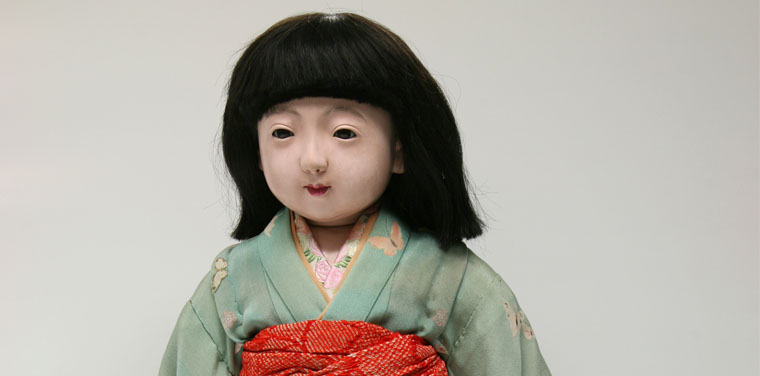
News
Diplomatic Dolls
March 31, 2014
Decades before Hello Kitty captured the hearts of Americans, a fleet of Japanese dolls came to America to promote peace and ease cultural tensions. In the 1920s, anti-immigrant sentiments and cultural differences between Japan and America were coming to a head. An American missionary named Sidney Gulick proposed a doll exchange with Japan in order to open an avenue for peaceful communication. In 1927, American school children sent 12,000 “American Blue-Eyed Dolls” to Japan just in time to celebrate Hina Matsuri. Millions of Japanese children were so enthralled with the dolls that they donated money to create dolls to be sent to America, and thus the Japanese Friendship Dolls were born! Each doll represented a different Japanese prefecture, city, or colony and came with beautifully designed accessories such as teapots, parasols, and chests. (T/m is now home to one of these dolls, Miss Fukushima!)
Unfortunately, the diplomacy of the American Blue-Eyed Dolls and the Japanese Friendship Dolls did not last. When World War II broke out years later, dolls from the exchange were considered inappropriate to display, or even treasonous to possess. Many dolls were lost or destroyed. Those that remained safe through the years are now considered highly collectible. See some of them on exhibit in The Japanese Woodblock Print: An Extension of the Impermanent at the Montana Museum of Art & Culture on view now through April 19, 2014.
Photo: Miss Shimane Japanese Friendship Ambassador Doll, The Children’s Museum of Indianapolis, Wikimedia Commons.

Comments